

Taneka, or Tangba, live in northwest Benin, in the Atacora mountain. This geographical position was chosen by previous generations, mainly to hide themselves during the period of the slave trade. The economy of Taneka people is based on agriculture and livestock, and they live in small roundly-shaped houses with thatched roofs.

The Tanekas do not descend from a single ethnic group, but belong to multiple ethnic minorities who used these mountains as a refuge during the slave trade, to hide from soldiers of southern tribes. Each ethnic minority has introduced its own traditions, for example the scarification of the face is different for each of them, but they learned to live all together in perfect peace and harmony.
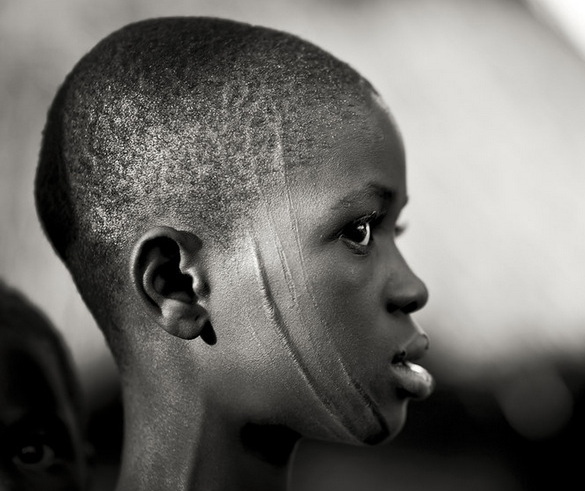
They are the result of 3 different groups who took advantage of the mountainous terrain to defend themselves and fight the rapists and slave-drivers ethnicities.
They are an example of how different people belonging to different cultures, religions and beliefs can live peacefully, giving birth to a population who did not exist before and to whom people are proud to belong, without however abandoning their origins altogether.
There are 2 sub-groups, Tanéka Béri “great taneka” et Tanéka Koko, and they get their name from their village. Over the years, the native Kabye population was joined by groups of Bariba and Gourmantche. Forced coexistence in the same area gave rise to new villages where cultures rites and beliefs mingled, without conflict and friction, giving rise to a single people: the Taneka, or Tangba.
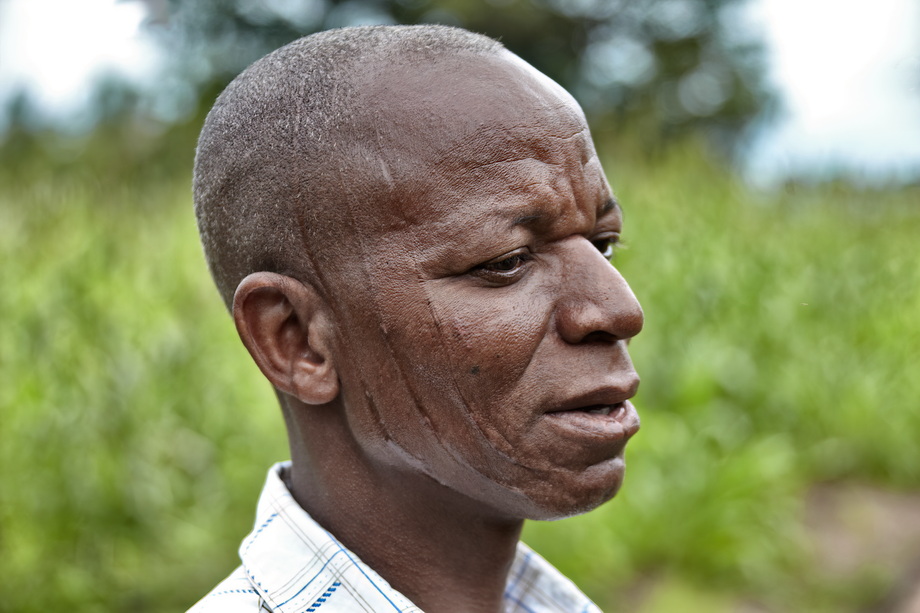
The villages reflect the mix of cultures and populations that form the Taneka, they are made up of zones or neighborhoods, each of a different origin, but with shared social rules; each village has its own king, who holds the political power and belongs to the Bariba ethnicity, the land chef, who administers the lands and the spiritual leader, the upper feticheur, both of Kabye's ethnicity. The Taneka are the example of how different people belonging to different cultures, religions and beliefs can live peacefully, giving birth to a population who did not exist before and to whom people are proud to belong, without however abandoning their origins altogether.
It is not difficult to distinguish the ethnic origin of a village member since the Taneka still practice the scarification on the face and, according to the drawing that appears on a person's face, it is possible to see if he belongs to the Kabye, the Bariba or the Gourmantche. The name Taneka has two meanings, both of which define well the characteristics of this people: "tana" means stone and well represents the relationship of the population with their land, but "taneka" also means warrior and the Taneka are proud and brave warriors.
The king (or sawa), the most important figure of the community and the political leader who makes the decisions of common interest, mediates during the disputes and meets the foreigners authorizing them to visit the village. The house of the village chief (sawa), have the traditional ostrich egg on the roof.
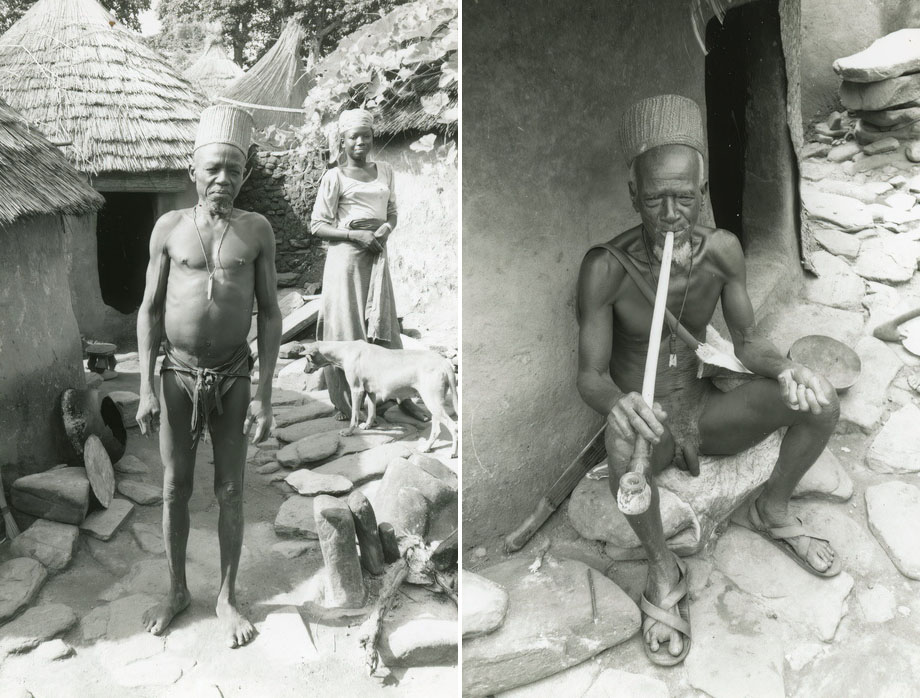
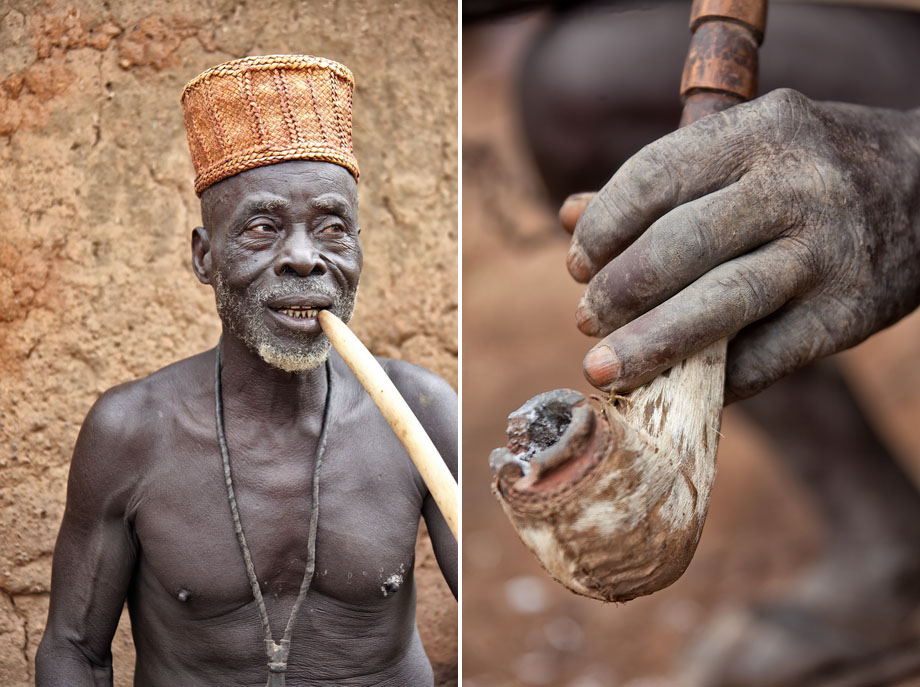
A poster written in French explains that in this Taneka village, the infibulation is prohibited because such practice humiliates the woman and because "everyone has the rights to maintain the physical integrity of the body".
Another important figure in a Taneka village is the spiritual dignitary, recognizable because he wears only a small piece of goatskin and a hat. The spiritual dignitary possesses spiritual secrets and the villagers call him to ask for intercession in case of problems or illness, bringing him food offerings. The spiritual dignitary deprives himself of everything, except for a pipe that smokes almost constantly, through which he finds inspiration and means of communication with the spirits. The spiritual dignitary knows also the power of medicinal plants and can prepare fetishes and amulets to be used as propitiatory objects.
The Taneka people live in round clay houses with a conical roof that ends in an upside-down jar. Some houses seem uninhabited because, as is happening in many other remote villages of West Africa, people tend to move to places where living conditions are better and where it is easier to produce crops. Outside some houses there are large bundles of straw, ready to replace that on the roof during regular maintenance, while the smaller conical buildings are granaries. The kitchens are outdoors and, from time to time, visitors can see some fire lit under a big cauldron.
When living in remote places, people will not have access to lot of things normally available in the most civilized areas, so it will be necessary to be smart and use all the things that the nature gives. The seeds produced by the castor plant are used as a kind of bio-fuel, because they produce lot of heat during combustion. The oil extracted from the same seeds, although toxic in large quantity, is used also for its medicinal properties and can be used also as a lubricant for mechanical parts.

Around the Taneka village, there are fields of yam, a big tuber very important in these remote places, where the climate is not always easy for most crops.
The yam is peeled, cut into slices and then boiled, before being crushed in a large mortar to obtain a kind of dense cream to be added to fish or meat soup.
The manioc (or cassava), on the other hand, produces a smaller tuber than the yam and the plant is easily recognizable because it is a much lower shrub.

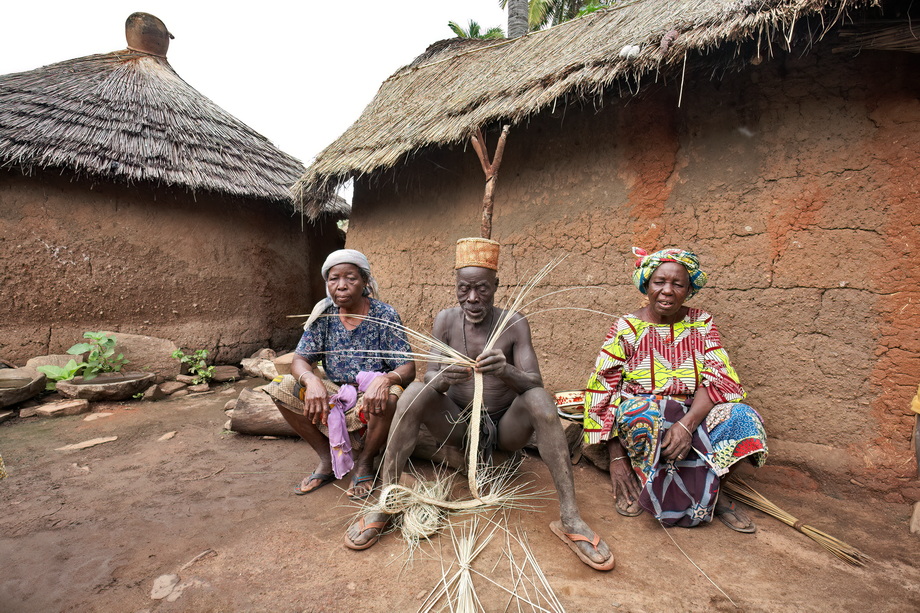
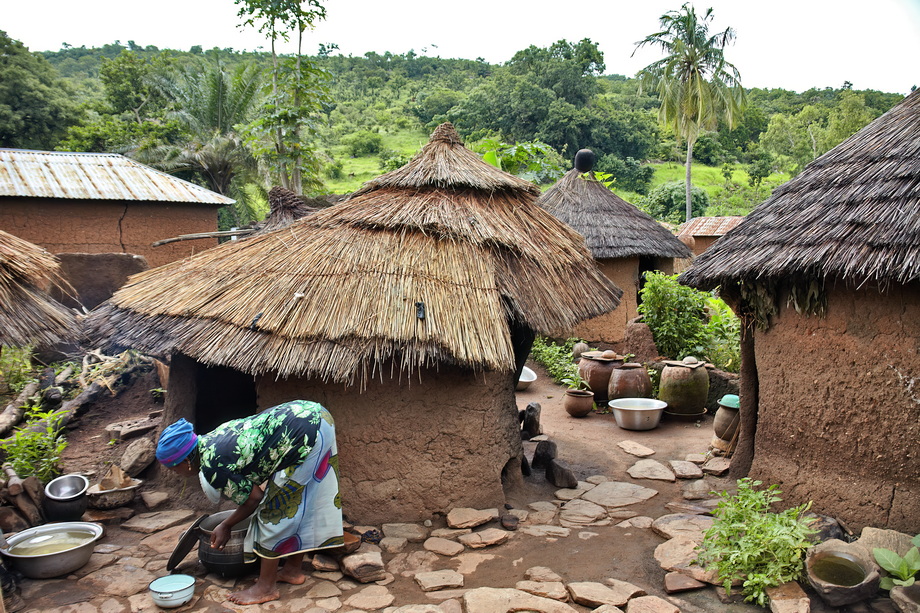
Sources: